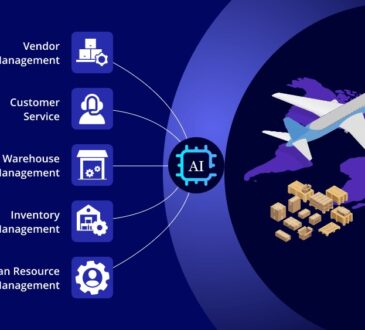
Grants to support at-risk youth are designed to address the unique needs and challenges faced by young people who are considered at risk due to various factors, including poverty, involvement with the juvenile justice system, substance abuse, homelessness, or other circumstances that may hinder their well-being and development. These grants are essential for providing resources and interventions to help at-risk youth overcome obstacles and achieve positive outcomes. Here are some common types of grants that benefit at-risk youth:
- **Youth Services Grants:** These grants fund programs that provide comprehensive services, including counseling, academic support, life skills training, and recreational activities, to at-risk youth in their communities.
- **Mentoring Programs:** Grants support mentoring initiatives that pair at-risk youth with caring adults who provide guidance, support, and positive role models.
- **Youth Employment Programs:** Grants fund job training, employment opportunities, and internships to help at-risk youth gain valuable skills and access employment opportunities.
- **Juvenile Justice and Diversion Programs:** Grants support alternative-to-incarceration programs, diversion efforts, and rehabilitation services to prevent at-risk youth from entering the criminal justice system.
- **Substance Abuse Prevention and Treatment:** Grants are used to develop and implement substance abuse prevention and treatment programs to address the specific needs of at-risk youth.
- **Housing and Homelessness Services:** Funding is provided for organizations that offer housing, shelter, and support services to homeless and at-risk youth.
- **Education and Dropout Prevention:** Grants may support initiatives that target at-risk students to improve attendance, reduce dropout rates, and increase academic achievement.
- **Youth Health and Wellness:** These grants are directed toward promoting the physical and mental well-being of at-risk youth through healthcare services, nutrition programs, and access to healthcare.
- **Crisis Intervention and Counseling:** Funding supports programs that offer crisis intervention, counseling, and mental health services to help at-risk youth overcome trauma and adversity.
- **Community Engagement and Leadership Development:** Grants empower at-risk youth to become active, engaged members of their communities by providing leadership training, civic engagement opportunities, and support for community improvement projects.
- **Arts and Recreation Programs:** These grants enable at-risk youth to participate in arts and recreational activities that promote creativity, self-expression, and positive social interactions.
- **Family Support Services:** Grants fund programs that provide support and resources to families of at-risk youth to help create stable and nurturing environments.
- **Youth Empowerment and Advocacy:** At-risk youth are encouraged to advocate for their rights, address social justice issues, and participate in initiatives focused on community improvement.
- **Specialized Grants for Specific Risk Factors:** Some grants address specific risk factors, such as teen pregnancy, gang involvement, or involvement with child protective services.
Grants for at-risk youth are critical in providing interventions and opportunities that can break the cycle of adversity and empower young people to build better futures. These grants are typically awarded to nonprofit organizations, schools, community groups, and government agencies working directly with at-risk youth populations. Check out www.thegrantportal.com for grant sources.




